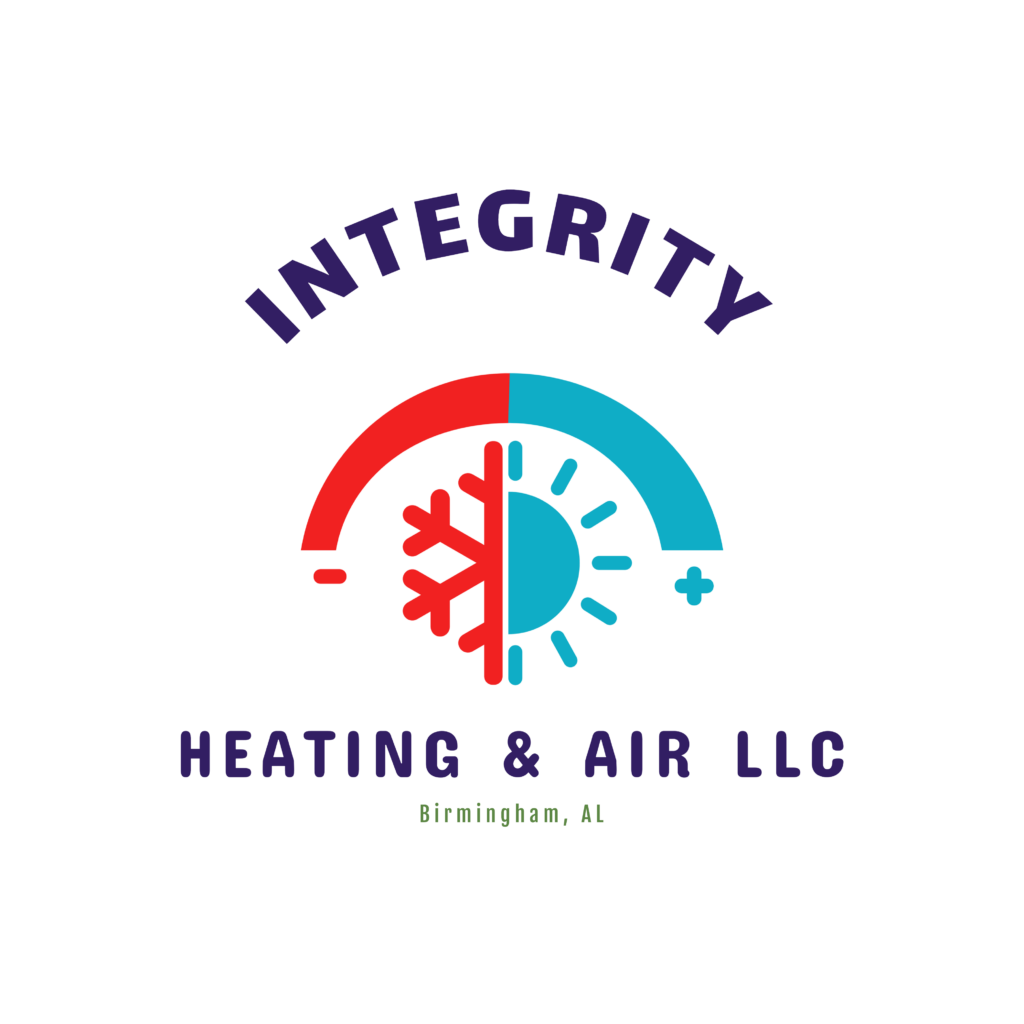Title: Tips for Improving HVAC Performance in Older Homes
As the proud owner of an older home, you may have noticed that your heating, ventilation, and air conditioning (HVAC) system doesn’t perform as efficiently as it should. Older homes often present unique challenges when it comes to HVAC performance, including outdated ductwork, insufficient insulation, and worn-out equipment. However, with the right strategies, you can improve the performance of your HVAC system and enhance the comfort and energy efficiency of your home. In this blog post, we’ll discuss several tips for optimizing HVAC performance in older homes.
1. Schedule Regular Maintenance: One of the most effective ways to ensure optimal HVAC performance is to schedule regular maintenance with a professional technician. Older HVAC systems require more frequent inspections and tune-ups to keep them running smoothly. A qualified technician can clean the system, check for any worn-out components, and make necessary adjustments to improve its overall performance.
2. Upgrade Your Thermostat: Consider upgrading to a programmable or smart thermostat to better control the temperature in your home. These advanced thermostats allow you to set personalized heating and cooling schedules, which can help reduce energy consumption and lower utility bills. Additionally, smart thermostats can learn your habits and adjust the temperature automatically, providing greater comfort and efficiency.
3. Seal and Insulate Ductwork: In many older homes, the ductwork may be leaky or poorly insulated, leading to energy wastage and decreased HVAC performance. Sealing and insulating the ductwork can prevent air leaks and ensure that conditioned air reaches its intended destination without being lost through gaps and cracks. This simple upgrade can significantly improve the efficiency of your HVAC system.
4. Upgrade to Energy-Efficient Equipment: If your HVAC system is more than 10-15 years old, it may be time to consider upgrading to a newer, energy-efficient model. Modern HVAC systems are designed to deliver better performance while consuming less energy, resulting in lower operating costs and reduced environmental impact. Look for systems with high Seasonal Energy Efficiency Ratio (SEER) ratings for optimal efficiency.
5. Improve Home Insulation: In older homes, inadequate insulation can cause heat loss in winter and heat gain in summer, forcing your HVAC system to work harder to maintain a comfortable indoor environment. By adding or upgrading insulation in the walls, attic, and crawl spaces, you can create a more thermally efficient home and reduce the workload on your HVAC system.
6. Consider Zoning Systems: Zoning systems allow you to divide your home into separate areas with independent temperature controls, ensuring that each space receives the right amount of heating or cooling based on its usage and occupancy. This can be especially beneficial in older homes with uneven temperature distribution, as it helps to eliminate hot and cold spots and improve overall comfort.
7. Seek Professional Consultation: If you’re unsure about the best strategies for improving HVAC performance in your older home, consider consulting with a professional HVAC contractor. They can assess your home’s specific needs and recommend tailored solutions to enhance your system’s efficiency and performance.
In conclusion, improving HVAC performance in older homes requires a combination of maintenance, upgrades, and strategic enhancements. By implementing these tips, you can optimize your HVAC system, enhance comfort, and reduce energy consumption, ultimately creating a more sustainable and comfortable living environment in your older home.

